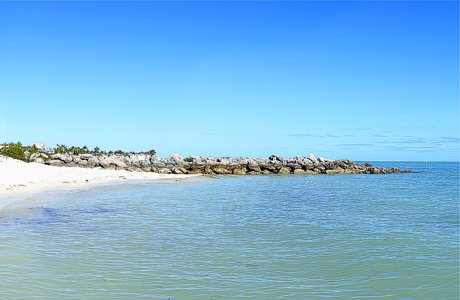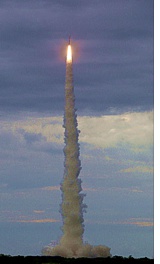Neither snow nor rain nor heat nor gloom of flood stays these scientists …
Um, no.
How, you might ask dear reader, do the scablands of eastern Washington relate to the Antarctic ice sheet?
Two stories from different centuries crossed my desk this morning. They don’t seem to be related but they do point us to a Truth.
Part I: Many scientists believe that Antarctica’s immense ice sheet is doomed. They have no doubt that Antarctica will melt into the sea.
That may not be entirely correct.
“A new NASA study says that an increase in Antarctic snow accumulation that began 10,000 years ago is currently adding enough ice to the continent to outweigh the increased losses from its thinning glaciers.”
Really? NASA’s research challenges settled science of most other studies that show Antarctica is losing land ice at a mind-boggling rate. The Intergovernmental Panel on Climate Change (IPCC) latched onto that factoid in their 2013 report without considering that it might not tell the whole story.
Now that the IPCC science is settled, no further reports are required.
In fact, the Washington Post last year opined that “A key climate change icon has reversed its warming trend, at least temporarily. … has been cooling, but that doesn’t disprove global warming…” (Jul 20, 2016)
There ya go. Since the net gain of Antarctic ice slowed to 82 billion tons of ice per year between 2003 and 2008, now we know why the global warming^H^H cooling^H^H climate change community can say Antarctica is melting.
Well, they can say that except for this little quibble about the facts.
Part II: Many geologists believed that the strange topography of eastern Washington State showed “geological change,” formed gradually and uniformly over thousands of years. They had no doubt.
The National Geographic reported about the Channeled Scablands, “The only possible explanation for the all the region’s features was a massive flood, perhaps the largest in the Earth’s history — ‘a debacle which swept the Columbia Plateau,’ ripping soil and rock from the landscape, carving canyons and cataracts in a matter of days. ‘All other hypotheses meet fatal objections,’ [Harley Bretz] wrote in a 1923 paper.”
The former high school teacher committed geological heresy.
 The Flood-deniers, the geologists of the day. vehemently denied the Bretz theory. Dr. Bretz did thorough research including actually visiting the channeled scablands but the other geologists called his ideas not just “wholly inadequate” but “preposterous” and “incompetent.”
The Flood-deniers, the geologists of the day. vehemently denied the Bretz theory. Dr. Bretz did thorough research including actually visiting the channeled scablands but the other geologists called his ideas not just “wholly inadequate” but “preposterous” and “incompetent.”
That’s a good story by itself.
But wait! There’s more!
The Geological Society of America did finally recognize Dr. Bretz’s theory. He received the Penrose Medal in 1979 but the story doesn’t end there.
Richard Waitt, a geologist with the USGS, explored the Walla Walla valley in southern Washington in 1977. He discovered that one of 40 sediment layers there contained ash from an eruption of Mt. St. Helens.
“I knew right away that there couldn’t have been just one flood,” Waitt said.
More than one flood? Why, that contradicts Dr. Bretz’s settled science!
When Mr. Waitt published his findings in 1980 that there had been at least 40 ice-age floods in the scablands, he faced such stiff resistance that he felt like Dr. Bretz himself. “Baker and his students were totally against it for years,” he said.
The science is settled, baby!
Oh. Wait…
As Glenn Hodges found in the National Geographic article, “Because scientists are first and foremost human beings, they’re loathe to change their theories or their minds because of mere data…”



